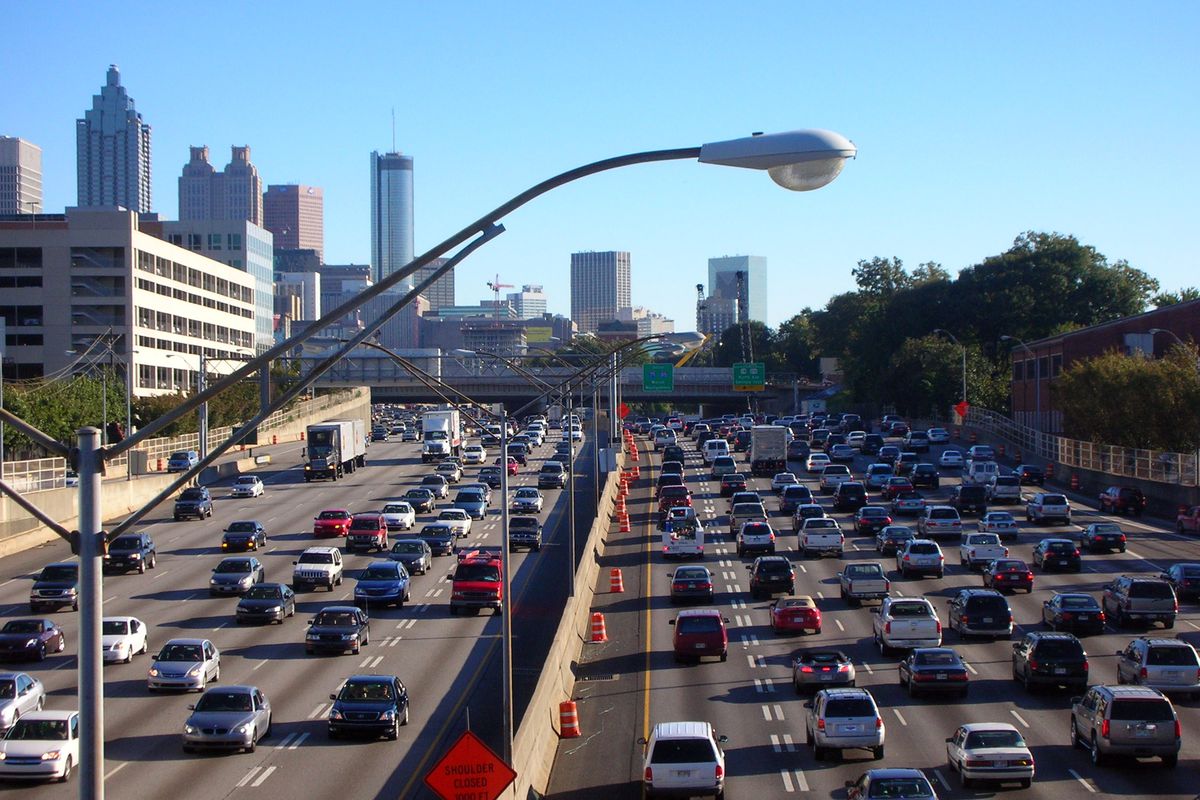A three-year performance audit of the Atlanta streetlights found “the city has not established a plan for managing streetlighting costs and agreements.” And, “It has added lights in a haphazard way and may be paying a premium for unregulated lights installed in areas where it could have added less expensive regulated lights.”
The audit started in July of 2018 and ended in March of 2021, but the results were released in April of 2022.
Atlanta’s auditor found the city may be paying more for what it called “unregulated” lights, which only make up 5% of the total street lights in the city, but 16% of the cost. The report also says, “City staff, including lower-level employees, executed contracts for as few as one unregulated light because the city lacks an approval process and criteria for adding lights.” Since 2014, Atlanta has signed 74 different contracts for street lights, which covered between 1 and 334 street lights and have an average cost of $48 per light. Also, the report says, “Neither the city nor Georgia Power could provide all current, executed streetlighting agreements, and some agreements lacked the physical location of the lights installed and/or Georgia Power account numbers.”
The audit also reports the city does not keep an inventory of replacement lights, and it can take 30 days to replace a light that is no longer working. By comparison, Washington, D.C. reports it can replace lights that are not working within 3 or 4 days. The report says 9.3% of city-owned lights on Atlanta interstates are inoperable, and the city has just one repair crew which consists of two people. The audit says the city pays a service and energy charge to Georgia Power, which comes to $875,000 a month.
While the lights are supposed to improve public safety, city council member Amir Farokhi admitted during a recent council meeting, “This report tells me what my gut has been telling me, that we’re not very good at this.”
The audit provided 15 recommendations, some of which have already been put in place. The recommendations include developing a plan to manage street light agreements and costs, reduce the use of unregulated streetlights, and establish a reasonable rate of functioning streetlights.
Tagged with lightED